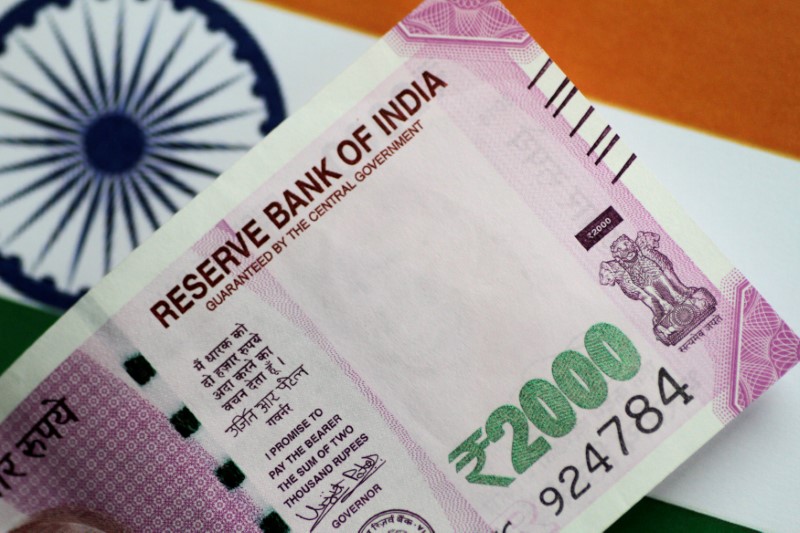Inflation in India fell sharply in November
2022.12.14 02:01
[ad_1]

Inflation in India fell sharply in November
Budrigannews.com – According to data released on Wednesday, Indian wholesale inflation fell to a 19-month low in November as a result of further declines in fuel rates and stability in food prices that helped lower manufacturing sector production costs.
According to data from the Indian commerce ministry, the, which measures producers’ inflation, decreased to an annualized 5.85% in November from 8.39% in the previous month. The number was at its lowest point since February 2021, well below expectations of 6.50 percent.
The primary factor in the decline was a significant decrease in food price inflation. Indian growth in November was only 1.1%, a significant slowdown from the 8.3% growth in October.
also declined significantly in November, rising 17.35 percent after rising 23.17 percent in October.
The reading in November shows how rising interest rates, tighter monetary conditions, and recent stability in commodity markets have all contributed to price pressures in India. In November, Indian also eased more than anticipated.
Despite their significant decline from earlier this year’s highs, both readings remained above the Reserve Bank’s target range of 4%.
More Ukraine’s GDP will fall twice-Prime Minister
The climbed financing costs by 35 premise focuses (bps) last week, carrying its all out climbs this year to a joined 225 premise focuses. However, the central bank indicated that the country’s monetary conditions were still loose and that it would likely increase interest rates further.
However, it is anticipated that the weaker-than-anticipated inflation data will result in a slower rate hike pace in the future.
In addition, the Reserve Bank expressed optimism regarding the growth prospects for India in 2022. It is anticipated that the country’s GDP will expand by nearly 7% this year, significantly more than the majority of major global economies.
After the reading on Wednesday, the dipped 0.2% to 82.530 against the dollar, pointing to fewer rate hikes from the Reserve Bank. Due to pressure from rising interest rates in the United States and volatile oil markets, the currency has also lagged most of its Asian counterparts this year.








